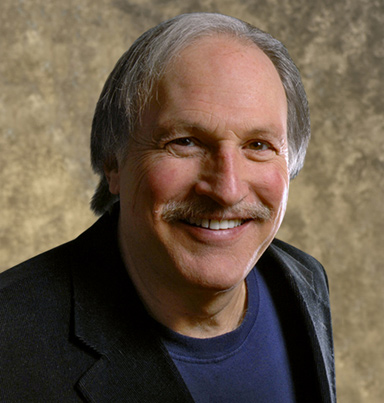
A Closer Look at the Mysterious Fall Equinox
ADVERTISEMENT
How you experience a raw balanced egg depends on a lot of factors. Temperature-warmer eggs have thinner whites. Older eggs have thinner whites. Shape- every egg is unique; some eggs will stand better than others. Try standing a dozen to see the difference.
Elevation makes a huge difference. If you live at sea level you may get eggs to balance most any day of the year. However, it’s only possible to stand eggs on end about two to twelve hours before and after the equinox if you live in higher elevations.
I haven’t taken a poll, however, I would guess that those who are sold on the idea that you can stand eggs on end live in the mountains and the nay sayers live closer to sea levels. Those that really don’t care are having omelettes for breakfast.
Given the vagaries of geography and the imperfect sphere of our planet, sunrises and sunsets aren't equal even with the atmospheric 'correction.'
We in the far north (read: Alaska) are keenly aware of the seasonal shifts because we go from one extreme of summer to another of winter, and the loss of daylight (nearly 5 1/2 minutes per day these days) is very noticeable.
Actually, my family & I have been able to balance an egg straight up a few times during these Equinox/Solstice dates. Not a hard boiled egg but just a regular uncooked egg out of the refrigerator. We did it when I was a kid & just this past Summer Solstice we did it again. it only lasts a few seconds but we've done it.
Ha! I guess I'm an EOP 'cause I've been balancing an egg at every Equinox, for years!
Ha ha. We like to balance eggs, too. It’s a bit of fun! Plus, you CAN balance an egg on the equinox (not to mention other times!).
How can the sun be seen at 9:54 PM??!!
I spent most of the year of 85 in Alaska. Their fishing season started on May 31st at midnight. As it happens, the sun was still on the horizon at midnight.
Bob is saying to contemplate the idea of “equality” at the equinox when the Sun crosses the equator from north to south.
This year (2018), the equinox happens to occur in the evening for North American time zones. But the Sun still moves across the sky, whether it’s daylight or dark.
It is stated the sun will rise directly east and set directly west. I am up every morning early in Chicago and watch the sunrise which is now southeast and sunset is southwest. How can it be stated direct east and direct west?
because you live several hundreds of miles from the center of this turning earth.....I live here in Indianapolis, and the short distance from you is not noticeable, but if in florida, noticeable. we live so many miles from the equater.









